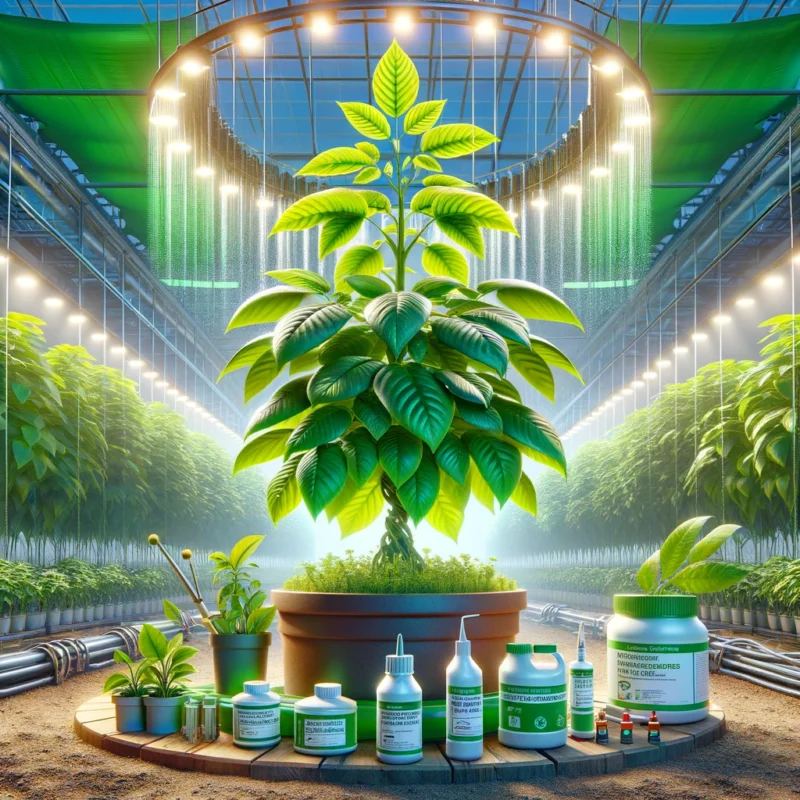Environment
What are plant growth regulators (PGR)?
Plant Growth Regulators (PGRs) are substances that influence plant growth and development. They can be naturally occurring hormones within plants, such as auxins, gibberellins, cytokinins, ethylene, and abscisic acid, or synthetic compounds that mimic these hormones. PGRs are used in agriculture and horticulture to manage plant growth, improve yields, enhance fruit quality, and for various other purposes. Here’s an overview of the benefits and negatives associated with the use of PGRs:
Benefits of PGRs
- Enhanced Plant Growth: PGRs can stimulate or inhibit plant growth depending on the type used, allowing for more efficient cultivation and management of crop size and structure.
- Improved Yield: Some PGRs increase fruit set, size, and weight, directly contributing to higher yields in crops.
- Regulation of Flowering Time: PGRs can be used to manipulate flowering times, which is particularly useful for plants grown out of season or for synchronizing blooming in ornamental plants.
- Increased Stress Resistance: Certain PGRs enhance a plant’s ability to withstand stress conditions such as drought, salinity, and temperature extremes.
- Plant Control: Some PGRs act as herbicides, selectively inhibiting the growth of plant without affecting the crops.
- Enhanced Fruit Quality: By regulating growth and development, PGRs can improve the quality of fruits, including color, texture, and nutritional content.
Negatives of PGRs
- Residue and Food Safety Concerns: The use of synthetic PGRs can lead to residue in food products, raising concerns about human health impacts.
- Environmental Impact: Incorrect use of PGRs can affect non-target organisms and lead to environmental pollution. Certain synthetic PGRs may not break down easily, causing long-term ecological effects.
- Plant Health Risks: Overuse or improper application of PGRs can harm plants, leading to stunted growth, reduced yields, or physiological disorders.
- Regulatory and Public Perception Issues: There is growing scrutiny and regulation of PGR use, especially in food crops, due to potential health risks. Public perception of chemically treated foods can also negatively impact marketability.
- Cost: The cost of PGRs and the need for precise application methods can be prohibitive for some growers, making it less accessible for small-scale or resource-limited operations.
- Dependence and Resistance: Continuous use of certain PGRs may lead to dependence, where plants perform suboptimally without them. Additionally, plants may develop resistance to herbicidal PGRs.
In summary, while PGRs offer significant advantages in controlling plant growth and improving agricultural productivity, their use must be carefully managed to mitigate potential negative impacts on human health, plant health, and the environment.


